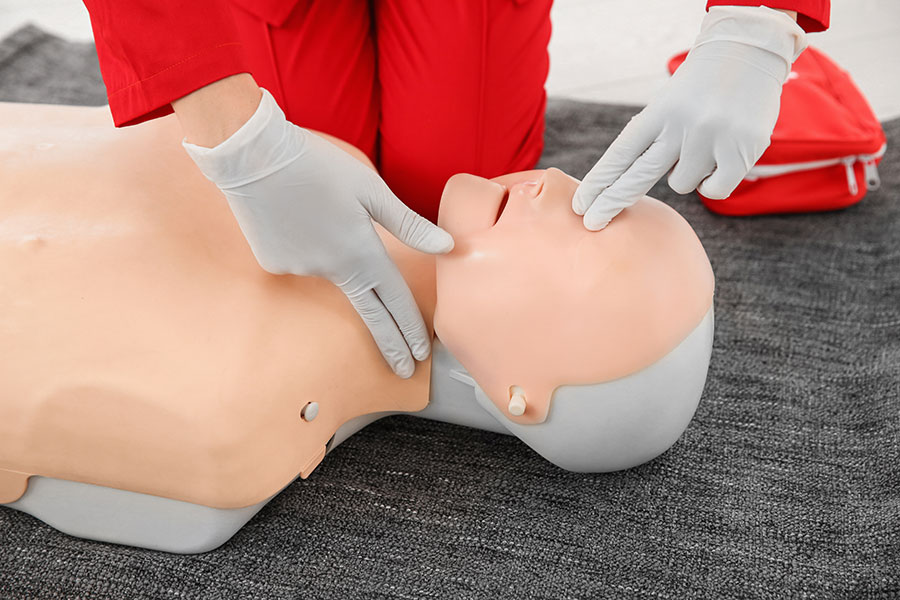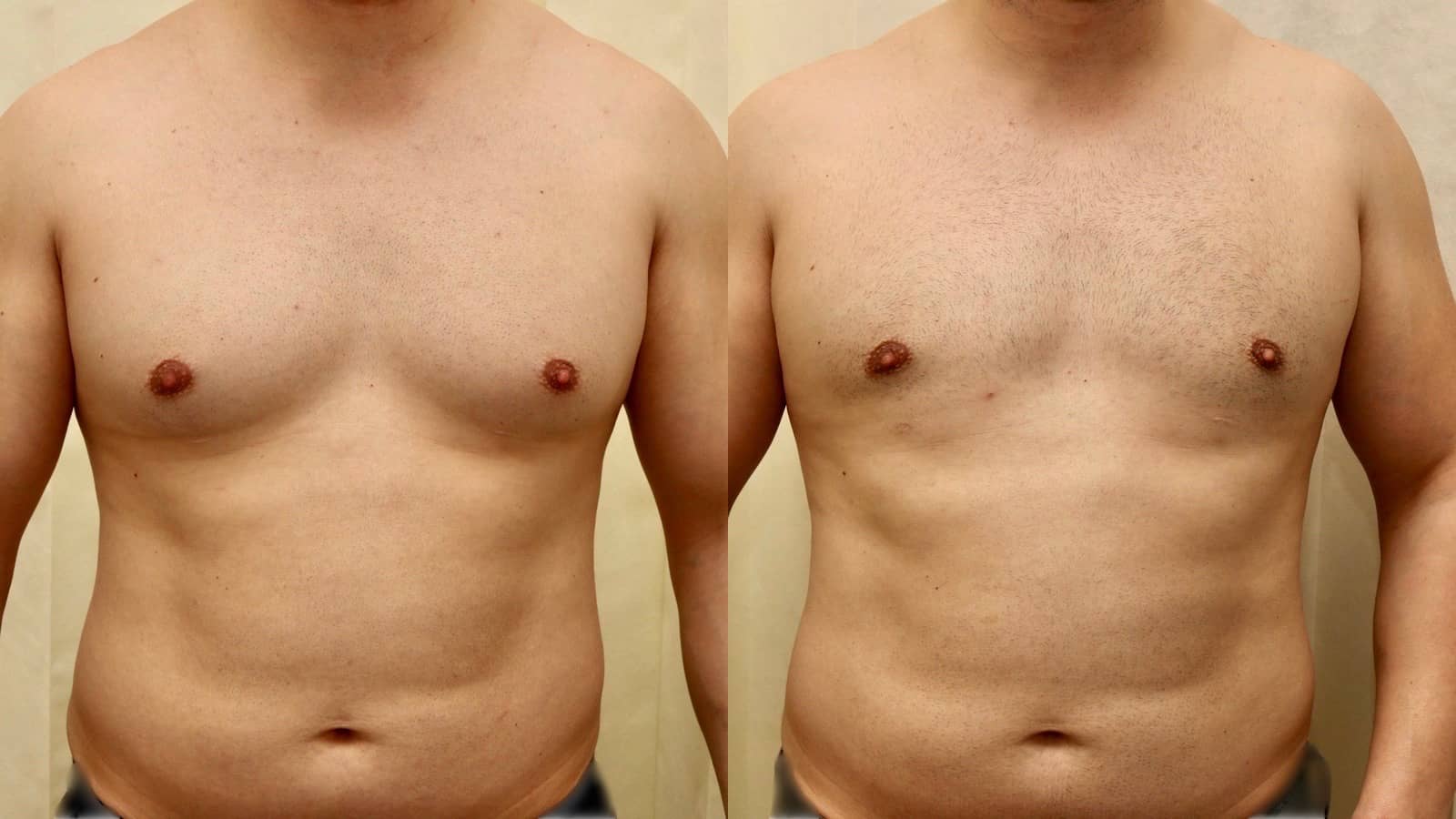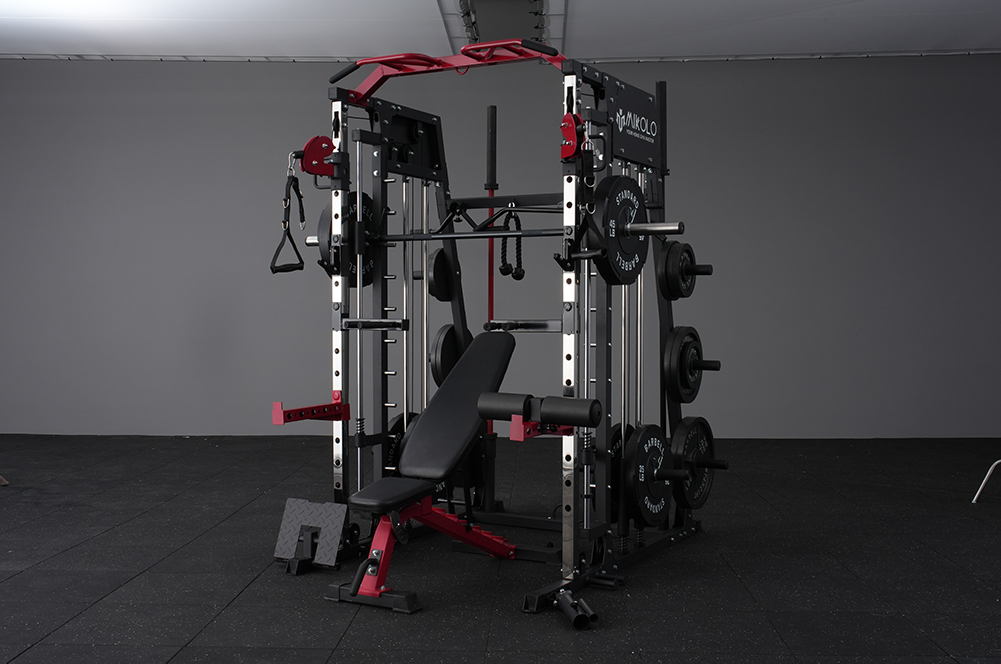Every year, sudden cardiac arrest claims the lives of hundreds of thousands of people in the United States alone. These emergencies can strike anyone, anywhere, at any time. The critical minutes following a cardiac arrest are crucial, and the ability to perform CPR (Cardiopulmonary Resuscitation) and use an AED (Automated External Defibrillator) can significantly increase the chances of survival. Fortunately, CPR and AED training is widely available, empowering individuals to become lifesavers in their communities.
What is CPR?
Cardiopulmonary resuscitation (CPR) is a lifesaving technique that combines chest compressions and rescue breaths to manually maintain blood circulation and oxygen flow to the brain and other vital organs when the heart stops beating effectively. CPR helps to buy time for emergency medical services to arrive and deliver advanced care.
What is an AED?
An Automated External Defibrillator (AED) is a portable electronic device that analyzes the heart rhythm and can deliver an electric shock to restore a normal heart rhythm in the case of a sudden cardiac arrest. AEDs are designed to be easy to use by bystanders with minimal medical training.
Why is CPR and AED Training Important?
The success rate of surviving a cardiac arrest dramatically decreases with each passing minute without intervention. By performing CPR and using an AED, bystanders can significantly increase the chances of survival for the victim until medical professionals arrive. Early intervention is essential, and CPR AED Training equips individuals with the knowledge and skills to act decisively in an emergency.
Benefits of CPR and AED Training:
- Increased Survival Rates: Studies have shown that CPR and AED use can double or even triple the survival rate of victims of sudden cardiac arrest.
- Empowerment and Confidence: Being trained in CPR and AED use empowers individuals to take charge in an emergency situation and potentially save a life.
- Improved Community Preparedness: A community with a high number of CPR and AED-trained individuals is better prepared to respond to cardiac emergencies.
- Reduced Fear and Anxiety: Knowing how to perform CPR and use an AED can reduce fear and anxiety in emergency situations, allowing individuals to act more effectively.
Who Should Get CPR and AED Training?
CPR and AED training is beneficial for everyone. Here are some specific groups who can significantly benefit from this training:
- Healthcare Professionals: Medical professionals are on the front lines of emergency care, and CPR and AED skills are essential for them.
- First Responders: Police officers, firefighters, and other first responders are often the first to arrive at the scene of a cardiac arrest, and CPR and AED training is crucial for them to initiate immediate life-saving measures.
- Teachers and School Staff: Schools are a common location for cardiac emergencies, and having trained staff can make a critical difference.
- Workplace Employees: Cardiac arrest can occur anywhere, and having trained employees in the workplace can be lifesaving.
- The General Public: Empowering everyone with CPR and AED skills can significantly improve the overall survival rates from cardiac arrest.
Chicago Pulse: Your Partner in CPR and AED Training
Chicago’s Pulse is a leading provider of CPR and AED training in the Chicago area. They offer a variety of courses to meet the needs of individuals and groups, including:
- Basic Life Support (BLS): This course covers the fundamentals of adult, child, and infant CPR and AED use. BLS is ideal for the general public and those who want a basic understanding of CPR and AED skills.
- Advanced Cardiac Life Support (ACLS): This advanced course is designed for healthcare professionals who manage critically ill patients with cardiac emergencies.
- Pediatric Advanced Life Support (PALS): This course focuses on the specific skills needed to manage pediatric cardiac emergencies.
Chicago Pulse’s Commitment to Quality
Chicago Pulse instructors are experienced healthcare professionals who are passionate about teaching CPR and AED skills. Their courses are designed to be informative, engaging, and hands-on, ensuring that participants gain the confidence and skills they need to perform CPR and use an AED effectively. Chicago Pulse also uses high-quality training mannequins and AED trainers to provide a realistic learning experience.
Flexible Training Options
Chicago Pulse understands that busy schedules can make it difficult to attend traditional in-person CPR and AED training classes. That’s why they offer a variety of flexible training options, including:
- In-person classes: These instructor-led classes provide a structured learning environment with ample opportunity for practice.
- Online courses: Chicago Pulse offers convenient online courses that allow participants to learn at their own pace.
Conclusion: Be a Hero in Your Community
Cardiac arrest can strike anyone, anywhere, at any time. The ability to perform CPR and use an AED can be the difference between life and death. By taking CPR and AED training with a reputable organization like Chicago Pulse, you can gain the knowledge and skills to become a lifesaver in your community.
Don’t wait until an emergency strikes to learn these life-saving skills. Enroll in a CPR and AED training course today and be prepared to make a difference when it matters most. Remember, even a single bystander with CPR and AED training can save a life.




